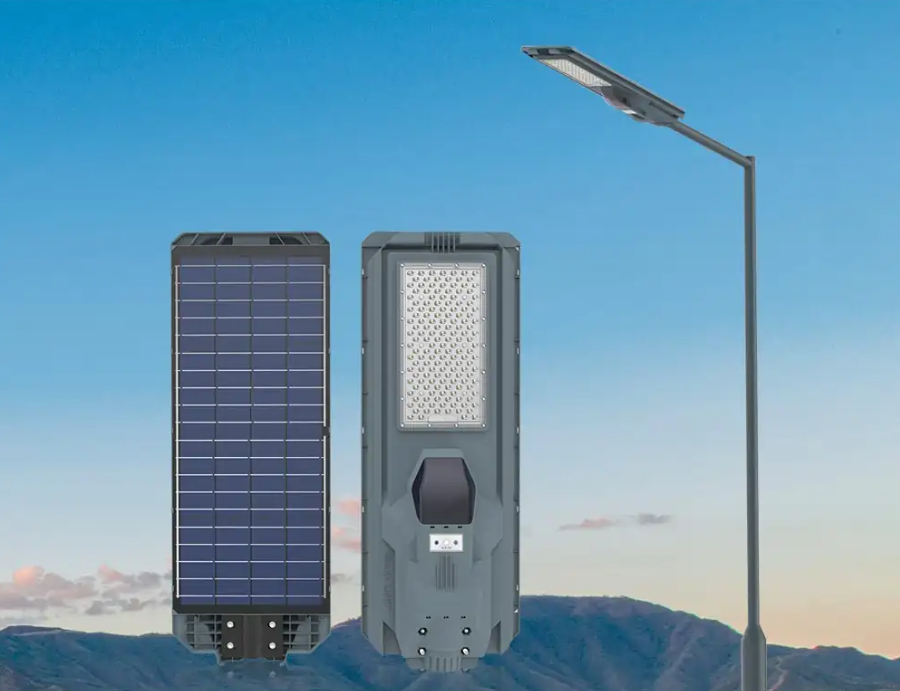When purchasing solar street light, one of the most important performance factors is their autonomy—the number of hours or days the lights can operate at night without requiring additional solar recharging. For municipalities, businesses, and private developers, this factor directly impacts safety, cost-effectiveness, and reliability. A U.S. Department of Energy study indicates that over 65% of solar street light failures are related to battery sizing or underestimation of the required autonomy. This means that carefully calculating nighttime autonomy is not just a technical detail but a crucial factor in long-term performance.
To determine autonomy, you must evaluate several interrelated factors: the required number of nighttime operating hours, battery storage capacity, LED power consumption, panel efficiency, and local solar irradiance. Each factor must be balanced to ensure reliable operation, even on cloudy and rainy days.
Determining Nighttime Operation Requirements for Solar Street Light
The first step in determining autonomy is to identify realistic nighttime operation requirements. Solar street lights must provide an average of 10 to 12 hours of continuous light each night, depending on geographic location and seasonal variations. For example, northern regions may require longer runtimes in winter compared to equatorial regions, where the day-night cycle is consistent. Users should also consider whether the lights need to remain at full brightness all night, or whether dimming and motion-sensing capabilities are acceptable. All-night high-brightness operation requires larger batteries and panels, while adaptive lighting strategies can reduce the burden of autonomy. By setting clear nighttime lighting goals in advance, buyers can better align solar street light manufacturers’ design recommendations with their project needs.
Battery Capacity and Storage for Solar Street Light
Battery capacity is key to an autonomous power supply. The energy storage system determines how long a solar street light can operate without solar input. Lithium-ion batteries are widely used due to their long life, higher depth of discharge (DoD), and fast charging capabilities.
To calculate battery life, you should measure battery capacity in ampere-hours (Ah) and match it to the daily energy consumption of the LED luminaire. For example, a 40W solar LED street light operating for 12 hours consumes 480Wh per night. If the operating time is two days, the required storage capacity will exceed 960Wh, adjusted for system efficiency losses. A reliable solar street light manufacturer can provide design calculations and recommend slightly oversizing the battery to account for real-world inefficiencies and ensure consistent performance during cloudy or rainy days.
Solar Panel Sizing to Ensure Reliable Charging
Even with the right battery size, the solar panels must be able to charge the system fully within the available sunlight hours. The size of the solar panels directly impacts the amount of energy that can be captured daily, thereby supporting autonomy requirements. When sizing a solar street light system, engineers must also consider local solar irradiance levels. For example, a region with five hours of peak sunlight per day will require smaller solar panels than one with three hours. Seasonal variations must also be considered to prevent undercharging during the winter. A reliable solar street light manufacturer will factor in these solar radiation patterns and recommend high-efficiency PV modules to ensure adequate battery charging to support both immediate and extended nighttime autonomy needs.
LED Efficiency and Load Management
LED performance is a critical component of range calculations. Higher-efficiency LEDs convert more electrical energy into light output, reducing the overall load on the battery. Modern solar street lights using high-lumen-per-watt LEDs can deliver the same brightness as traditional lamps while consuming up to 40% less energy.
Load management strategies can also enhance autonomy. Motion sensors, dimming profiles, or preset brightness levels can reduce energy demand during off-peak hours. For example, dimming to 50% after midnight can extend runtime without requiring larger batteries. Therefore, by combining efficient LEDs with intelligent control systems, solar street light manufacturers can design solutions that optimize performance and extend nighttime autonomy, even in challenging environments.
Consider backup days and weather variations.
True autonomy extends beyond nighttime operation; it also encompasses functioning even on cloudy and rainy days. Solar street light manufacturers typically design systems with at least two to three days of backup capacity, and sometimes up to five days in areas with prolonged severe weather. For example, coastal areas prone to frequent storms may require double the autonomy required compared to arid regions with abundant sunlight. This ensures that solar street lights can operate safely and reliably regardless of weather conditions. Incorporating weather-adjusted autonomy not only improves system reliability but also reduces maintenance calls and customer dissatisfaction.
Achieving Reliable Nighttime Autonomous Lighting
Determining the nighttime autonomy requirements for solar street lights requires analyzing runtime, battery capacity, solar panel size, LED efficiency, backup power requirements, and geographic factors. Each factor contributes to ensuring reliable system operation even under prolonged overcast conditions. By carefully evaluating these parameters and working with an experienced solar street light manufacturer, customers can select a system that meets their exact needs while delivering long-term performance and efficiency.











